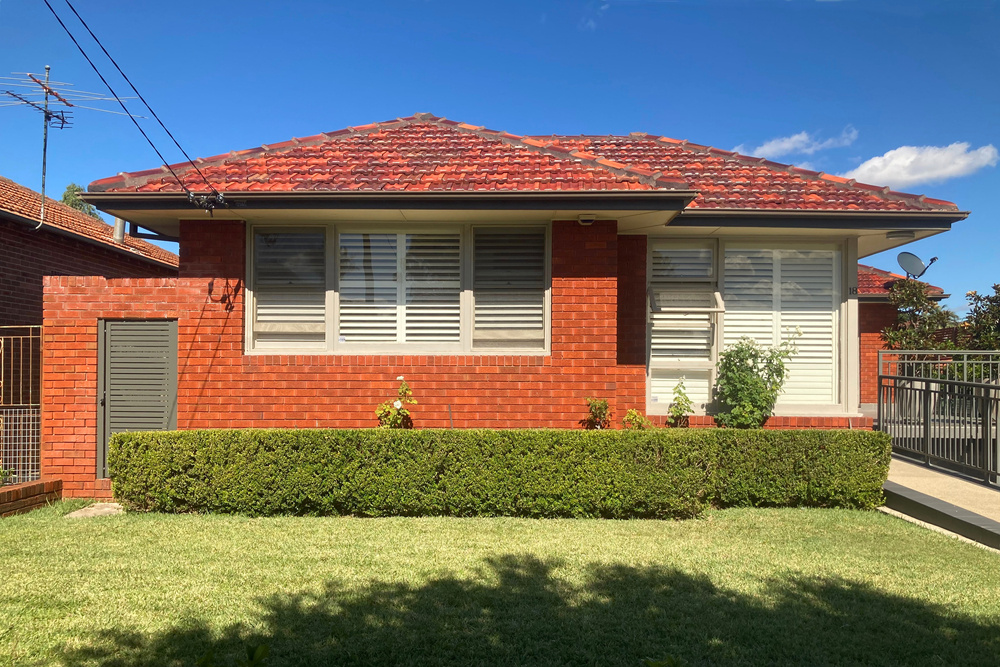
Aug
Roof inspection guide

It is the most important part of your home. It provides shelter, keeps the elements out and endures extreme highs and lows in temperature. But how often do you glance up at your roof to make sure that everything is okay?
Inspecting your roof regularly can seem like a big project, but having the hindsight to inspect for impending issues can prevent costly repairs at a later stage. While it is recommended to check your roof up to twice a year, it is also a good idea to check it before and after extreme weather.
You can inspect your roof internally or externally. Internal checks can mean a quick trip into the attic to see what condition the inside of your roof. Keeping an eye out for sagging, signs of water damage or leaking, dark sports and trails and outside light shining through the roof are some of the quick and easy steps you can take towards future issues.
Having a professional perform the external check keeps you away from hazards situations. Looking for damage, loose or missing shingles, curling, buckling and importantly rotting and algae are some of the tell tale signs of an unhealthy roof. In the harsh Australian climate there can be a high chance with the mixing of heavy rain and intense temperatures that there will be staining and discolouration in your roof.

Visually check your roof for split or missing tiles. Scan the roof around chimneys, vents, pipes or other openings.
Check for signs of moisture, rot or mold. Note that wet spots may not be directly under your damaged tile, water can travel down to its lowest spot before it drips. Mold can grow quickly within 24 hours of a water-related issues.
A metal roof has a design life of 50 years if maintained properly. Metal roofing comes in galvanized iron or steel, aluminum, copper, and even lead in older homes. Each has its own wear characteristics. Look for signs of pitting, rusting and corrosion that can be the natural results of old age. Look for loose or open seams and joints that can lead to leaking.
Examine the drainage, and make sure gutters and downspouts are securely attached. Also ensure all drains are open and allow water to exit, and all gutters and downpipes are free of debris.
The pros of using the building staff to inspect the roof are clear. As they are already in tune with the ongoings of wear and tear and different ages and stages, they can perform more effectively while working within budget. Second, the building engineers already should have maintenance programs set up and other equipment and adding a roof program is easy to do.
If you deal with your roofing specialists on a regular basis, check-ups and follow through appointments with repairs to the small problems that are found from year to year can help save a lot of money in the long term. Just saving the aggravation of having to go through a reroofing is well worth the price.








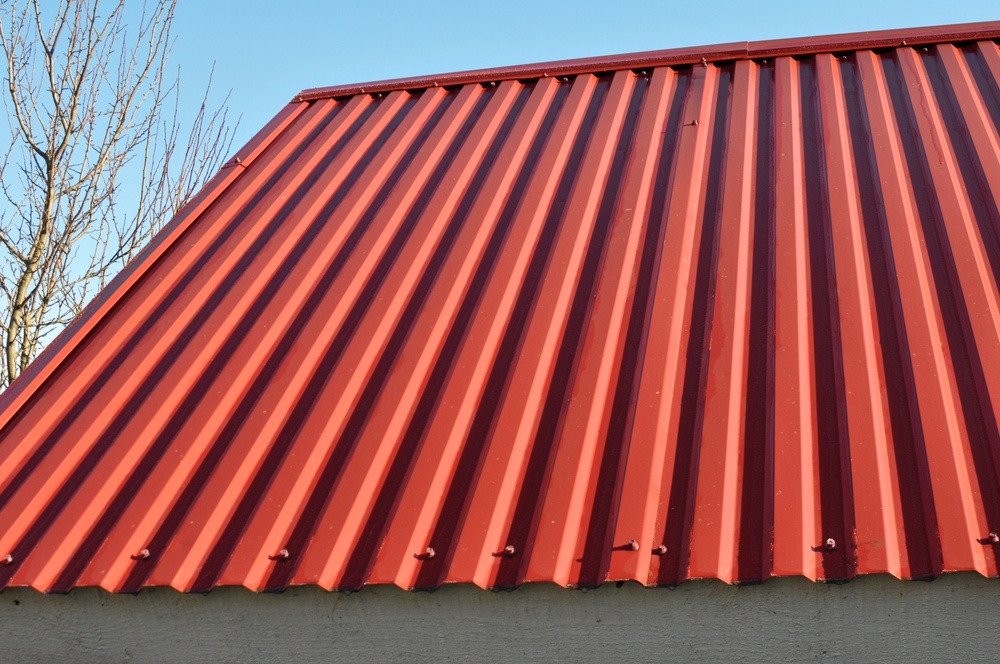
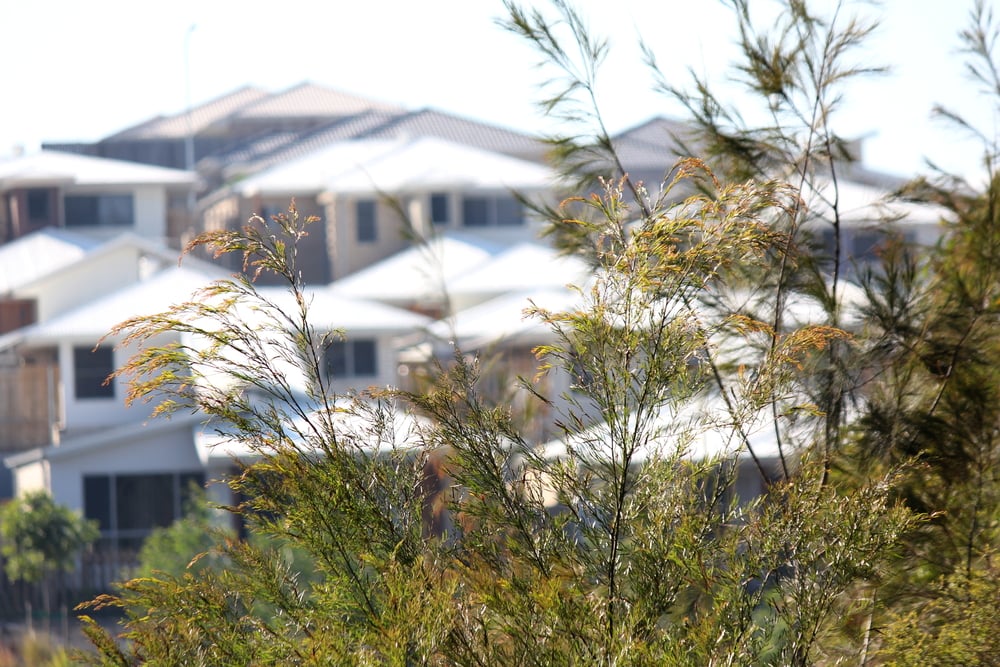



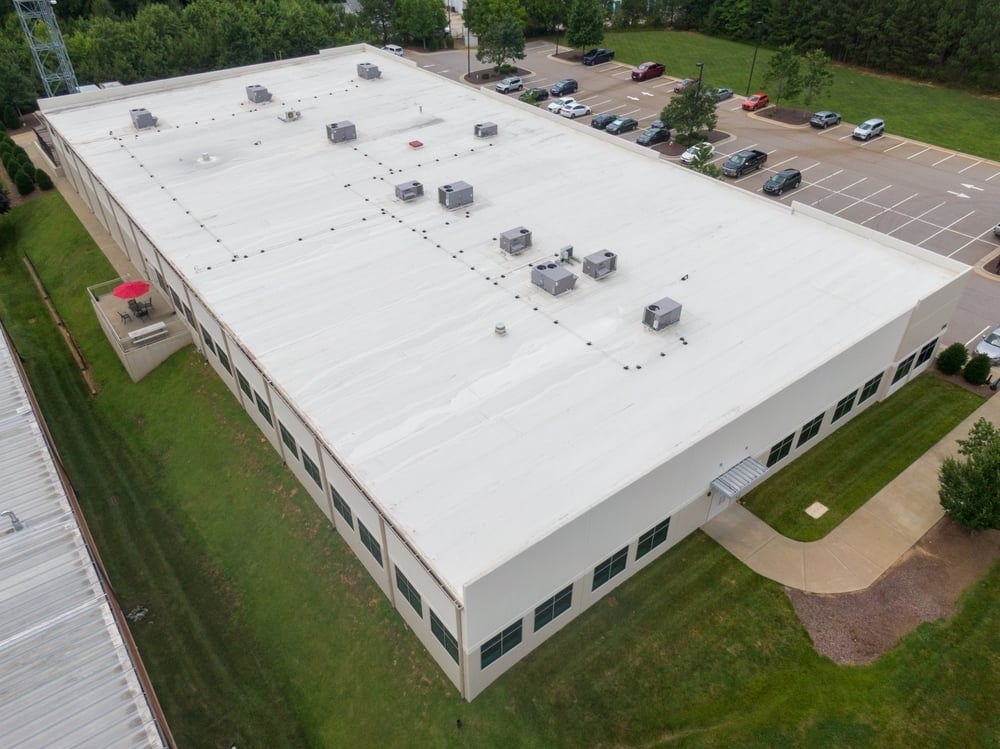
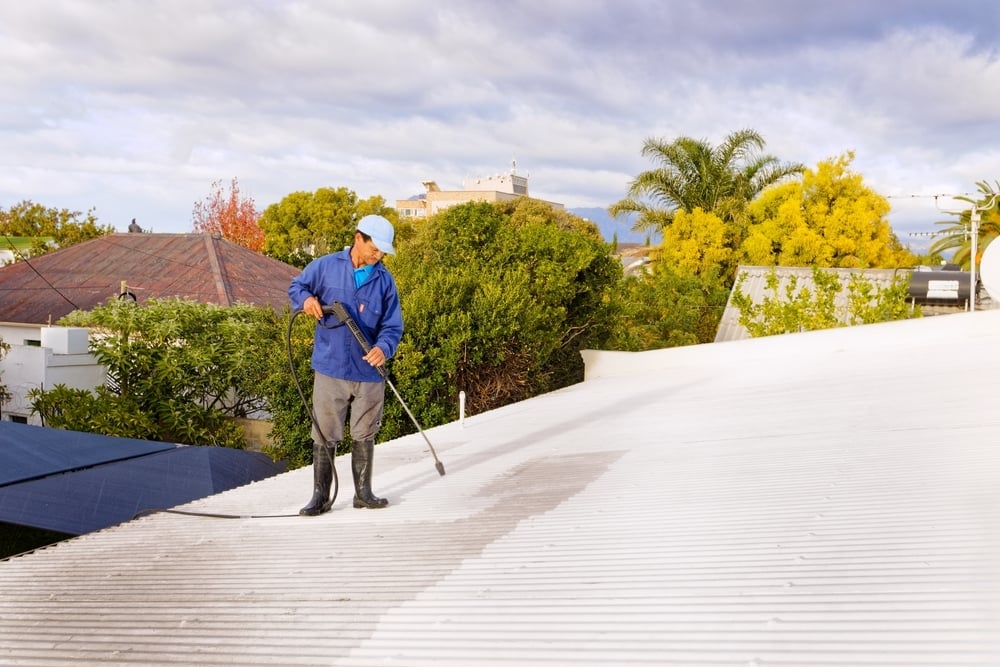
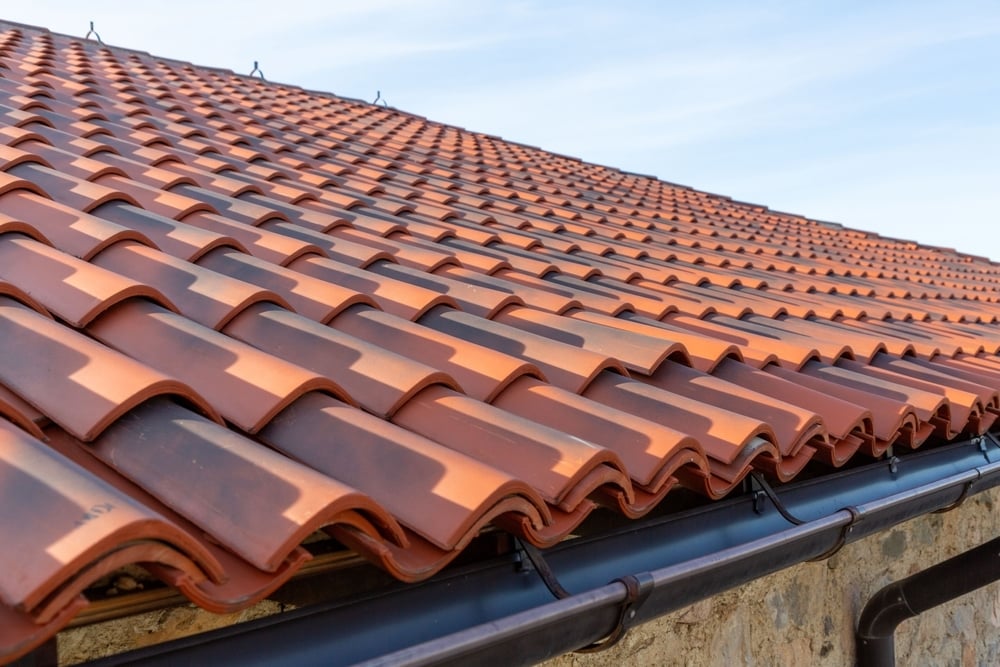
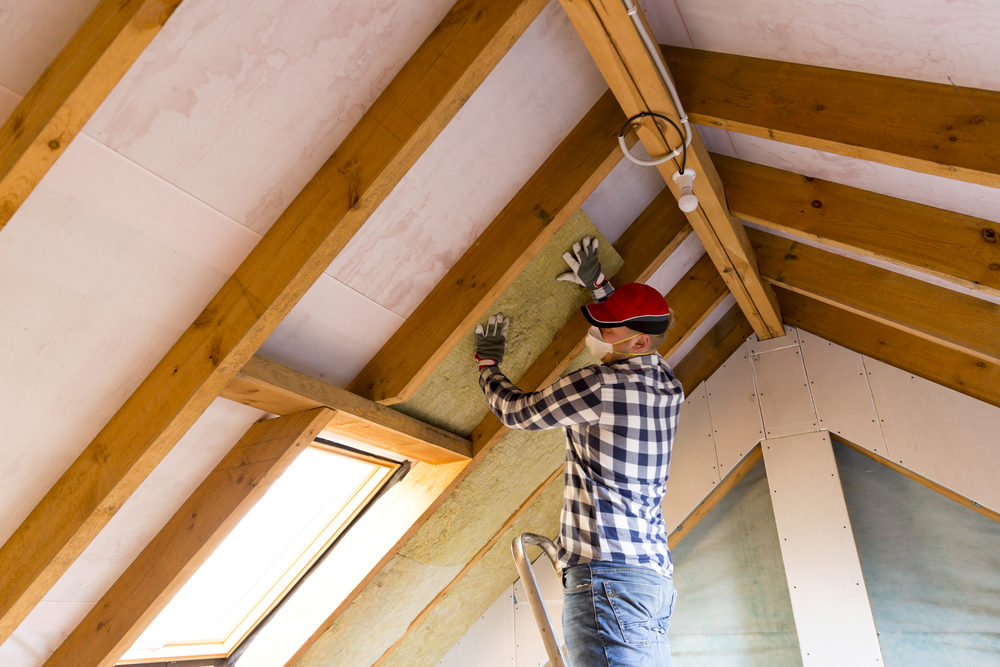
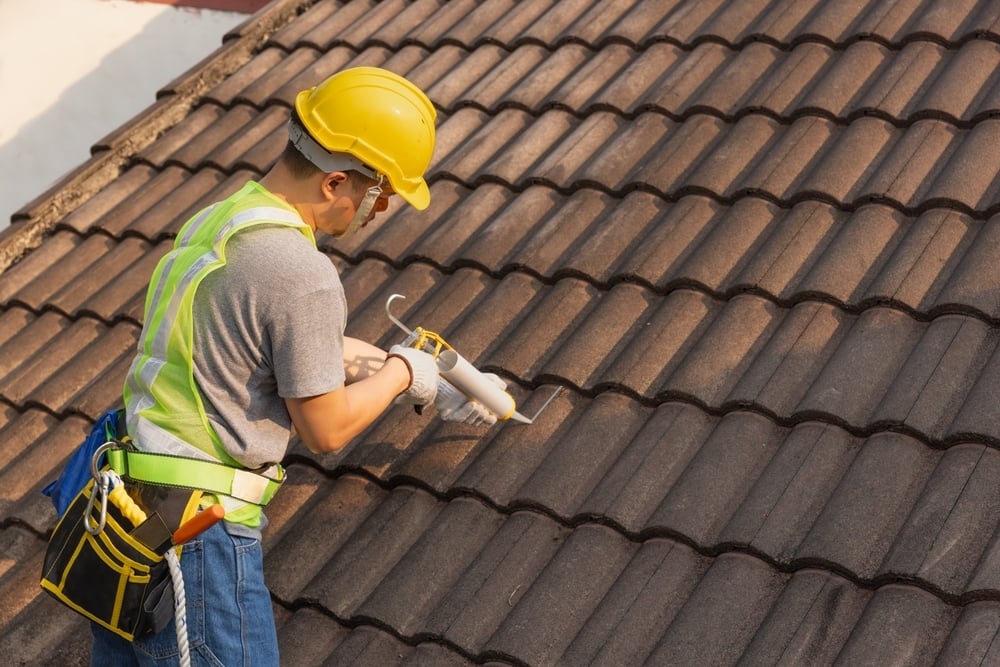
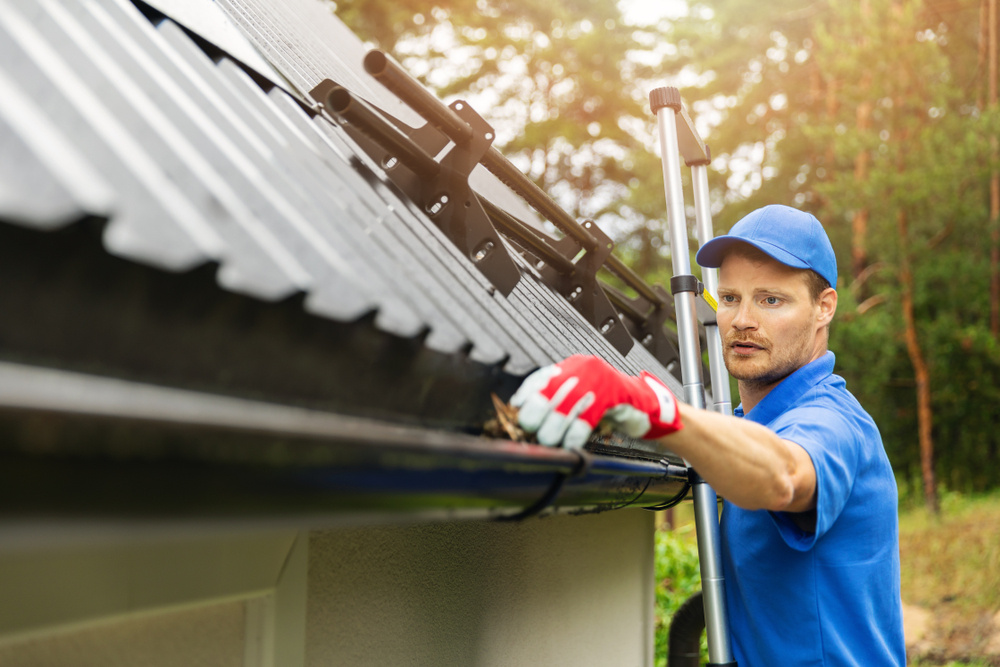

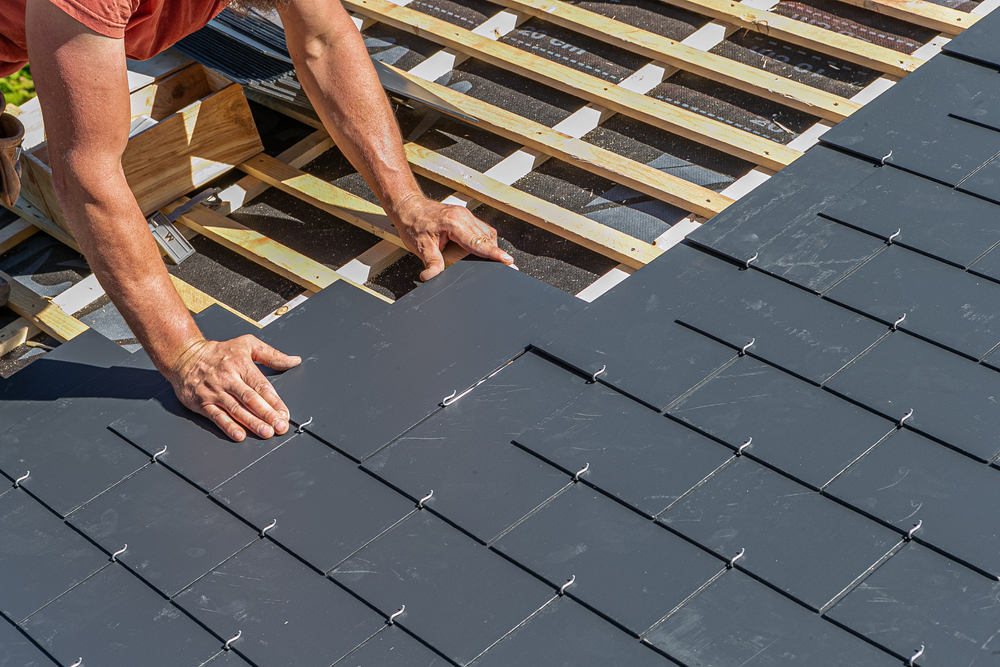
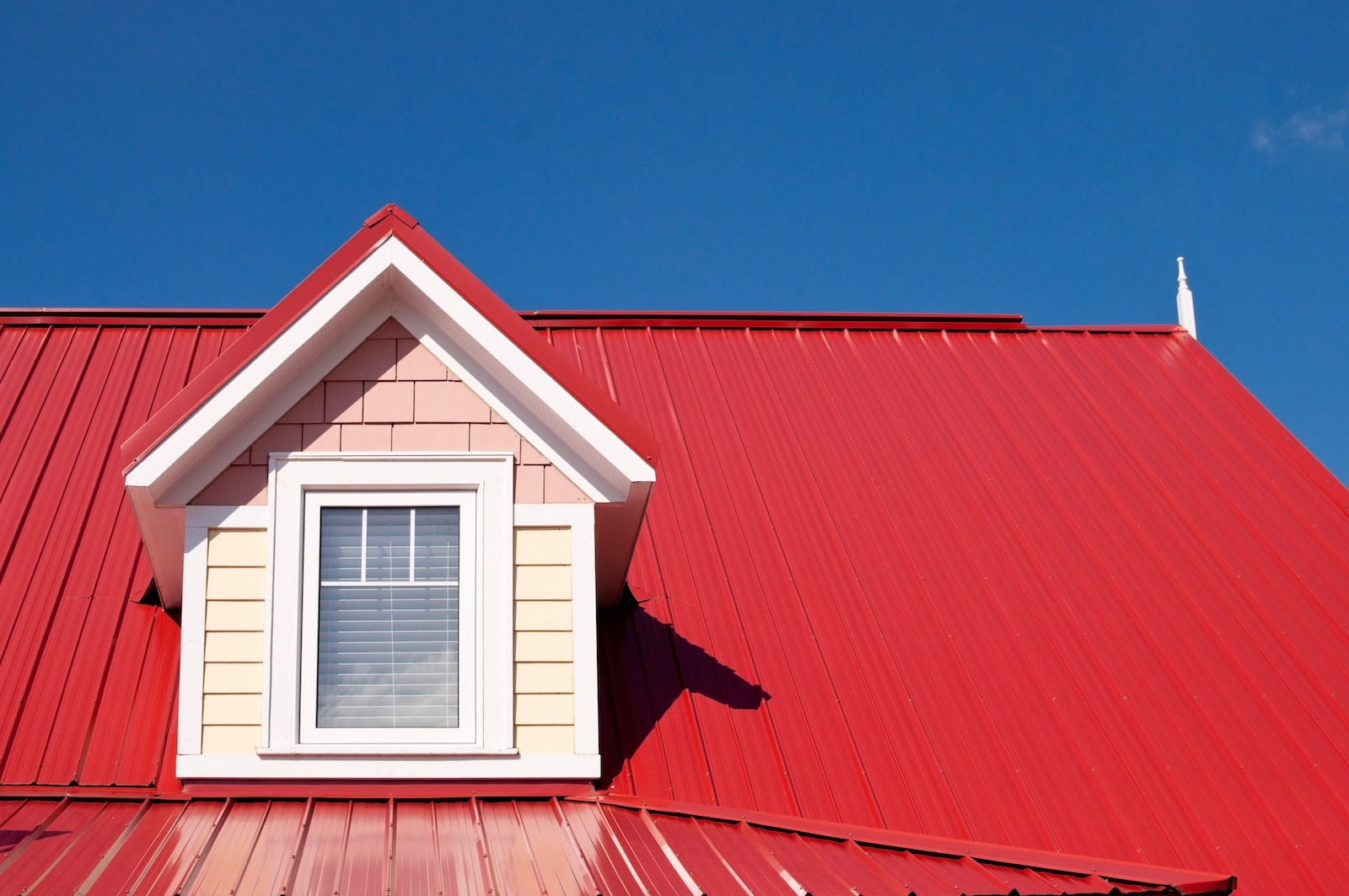
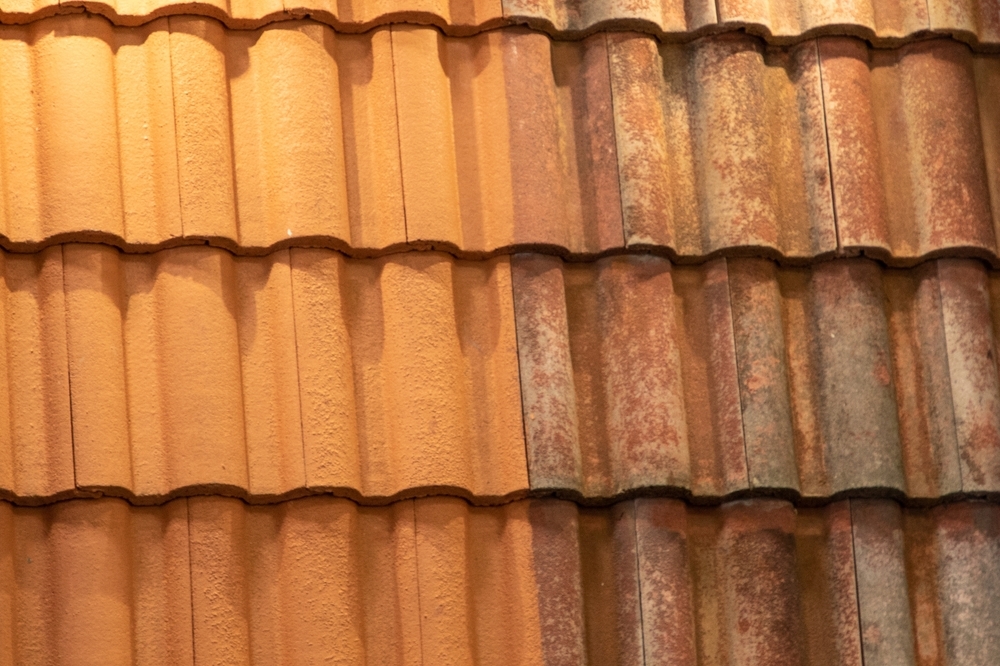
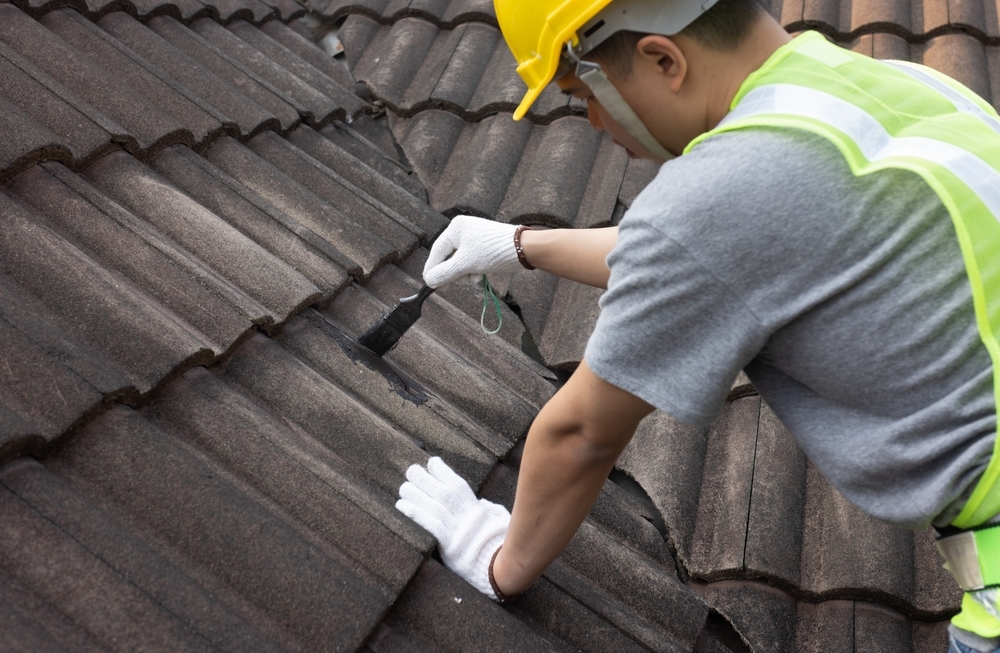
.jpg)
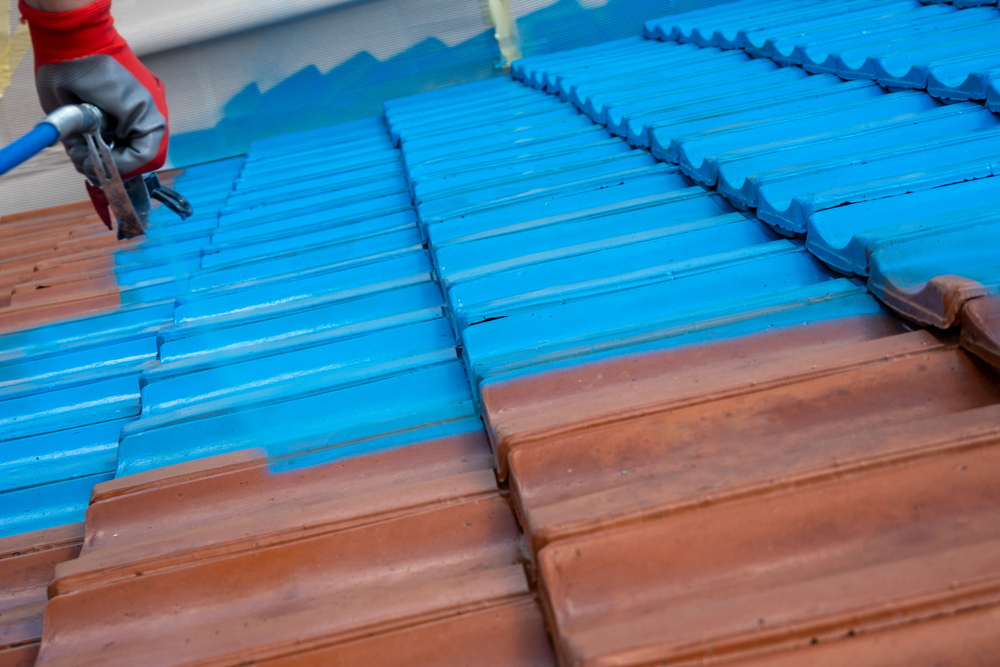
.jpg)
